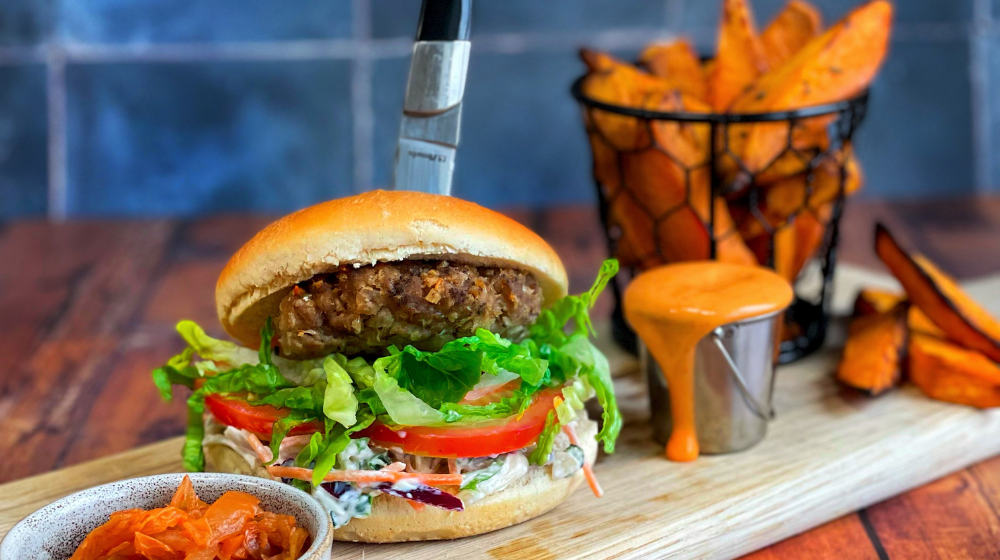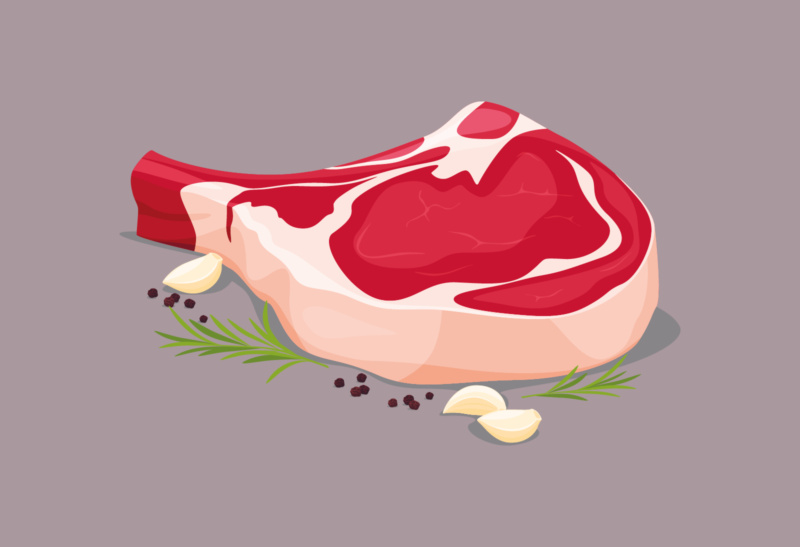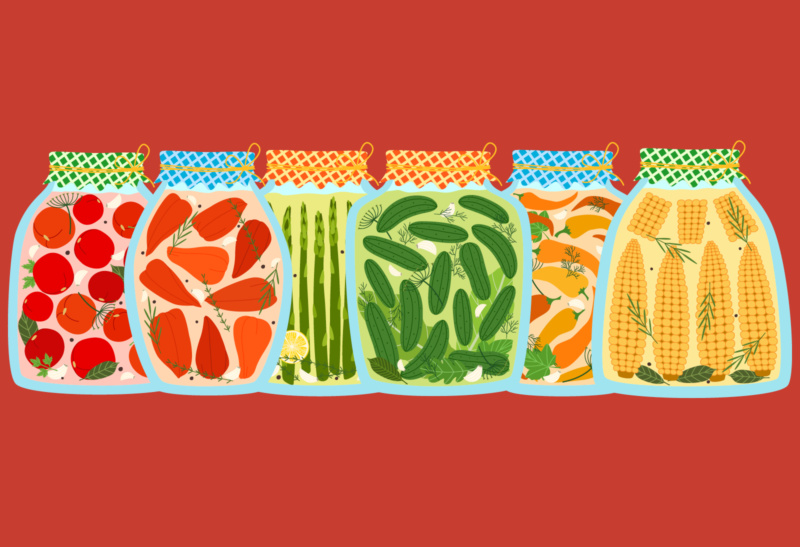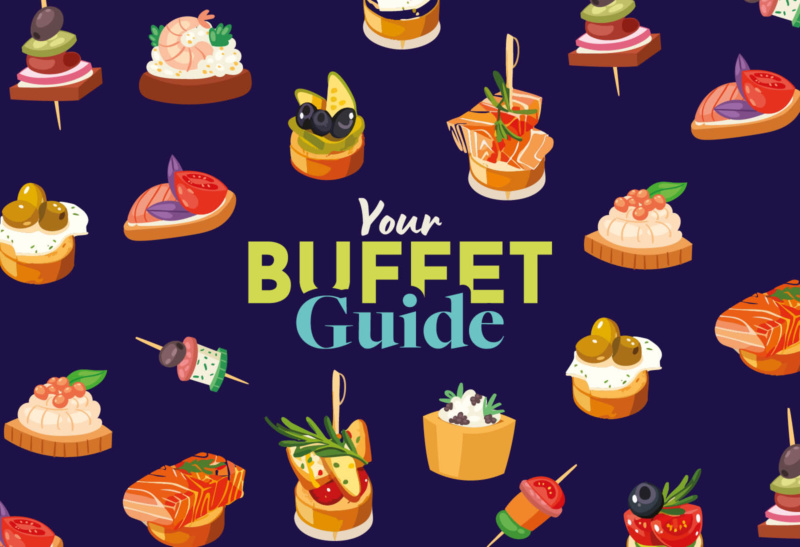The next generation is inspiring us to look at what we eat, where it comes from and how it has an impact on the environment. You may be thinking; what role does meat have to play in future menus? In this blog, we meet Jim Doherty to talk about what a Master Butcher is and finding out how he sees meat playing a part in shaping menus of the future.
Tell us a little about yourself, and what exactly is a Master Butcher?
I’m Jim and I’ve been in the butchery trade for 50 years, starting at the young age of 12 years old! A Master Butcher trains others in the meat trade, understands the process from beginning to end, and deals with all cuts and all types of meat. Part of being a Master Butcher is also about stock rotation, handling of the meat, good housekeeping to ensure all legal requirements are covered as well as excellent customer service.
Unfortunately, the art of butchery is a dying trade, due to the long hours (often-working 60 – 70 hours a week!) but also because whole carcasses are not bought anymore by out-of-home food outlets as they prefer products already butchered, therefore chefs don’t necessarily need to be trained specifically in the breakdown of whole carcasses. However, it is still important for chefs to understand the art of butchery to maximise their profit margins.
What do you see as the main factors when consumers choose what meat to buy?
In the current climate, price is the main consideration but, increasingly, customers; (especially schools and universities) are looking at the nutritional value, transparency about where the meat comes from and what impact it has on the environment when choosing meat.
For example, many universities are following Menus of the Future, which encourages caterers to make plant based foods the centre of a meal and discourages food waste by using up all cuts of meat. This gives chefs an opportunity to experiment with new ideas and really make the meat shine within a dish, complementing the range of vegetables and grains served alongside it. For example, why not serve a small featherblade steak (no more than 100g) with beans, millet and lots of seasonal vegetables. Remember half the meat and double the veggies!
The nutritional value is also an important consideration when choosing meat for consumers, we know for a healthy balanced diet we all need protein which meat can be a great source of as well as fish, eggs, beans and pulses. Red meat provides us with iron, zinc and B vitamins. But, those wanting to make healthier choices may want to choose meat that is lower in fat and salt such as chicken and turkey.
There are so many factors to consider, what advice would you give our customers around choosing meat responsibly?
We have an excellent sustainable team that looks into how meat has an impact on future menus and the science is very clear that we need to change the way we eat to minimise the impact we have on the environment and create a sustainable future. Food is linked to a third of all greenhouse gas emissions and meat is a huge percentage of these emissions*.
However, this creates a real opportunity for caterers to create nutritious and tasty meals that our customers want to eat knowing that they are doing so responsibly. Meat still plays a part of this and we don’t all need to go vegetarian or vegan, but we need to rethink how we use meat within our recipes. We want to be a positive force for change and recognise we all need to work together toward menus of the future ensuring the impact on the environment is minimal. Our development chefs are here to support customers in this process creating recipe ideas and providing trusted advice.
With a strong farming culture, we don’t have to leave Britain to find high quality meat! Always look for red tractor certified meat. The Red Tractor logo tells consumers that it is 100% British. The product has been farmed, processed and packed in the UK to some of the most robust standards in the world. Food carrying this logo is traceable, safe and farmed with care. As the meat is farmed in the UK, it also means that the product has travelled fewer food miles to get to your kitchens.
We recommend: 20633 Farmstead Red Tractor Rolled Topside
What about nutritional value, what is important?
When choosing meat, it’s also important to look at the nutritional value of the product. We provide our customers with the nutritional information for all of our meat products, which means chefs will know for example the calorie and fat content of the meat, enabling them to design recipes and menus easier.
For consumers who are looking to make healthier choices, turkey and chicken can be great options. These meats tend to be lower in fat, especially when you opt for breast and remove the skin. They are also a great source of protein, as well as the minerals potassium and selenium.
However, this isn’t to say that other types of meat can’t feature in a healthier recipe. Remember – portion size, cooking method and the other ingredients/seasoning used in a dish all play a role in the overall nutritional profile. It is all about calories quality over quantity!
We recommend: 70266 Red Tractor Chicken Fillets Skinless
How do we keep prices affordable?
Meat often carries one of the highest price tags of a meal, so offering a more responsible option containing a smaller percentage of higher welfare meat alongside higher percentage of plants can help to rebalance the increase in cost for meat with improved welfare.
Another option is to offer smaller portion sizes, especially as the government is stating that we are on average consuming too many calories on a regular basis**. This will help to keep costs down but also reduce wastage. Having less choice on the menu is also a good solution, for example, instead of having three or four steaks on the menu, use a rump and sirloin or a rump and ribeye, this will help with stock holding costs but at the same time offer variety and value for money. And why not look at cheaper cuts of meat such as bavette and flat iron steak.
Where I come in, is showing chefs how to cut meat so that there is as little wastage as possible. Remember, you can receive your whole order in just one delivery for all of your food and non-food needs, saving on delivery costs and carbon footprint!
Check out how to make more margin from you meat below:
How do you see meat playing a part in the future of food?
Although there is a reduced demand for meat for some consumer demographics, many diners still want to see meat on the menu. To work towards a sustainable food system, it’s important for menus of the future that we rethink cuts of meat, the proportion of meat on the plate, minimise wastage, as well as source from suppliers with the right animal welfare standards that are actively working to reduce deforestation and other environmental issues linked to meat.
I think it is hard to predict the future of food… the vegetarianism/veganism trend is growing but it is still a minority of consumers. Price will definitely be a key driving factor but I also think the younger generation will lead the trend of not eating as much meat.
I think meat will always be on the menu but play more of a supporting role, for example by mixing beans, pulses or vegetables in with the meat rather than completely taking it out – such as in our beef and butterbean burger which is delicious. This is also a great way to keep costs down.

It has been fantastic to speak to Jim and get an insight into to world of butchery. If you want to find out more information about our fresh meat offering, visit our dedicated meat webpage here.
We also have more information and guidance on how to create ‘Menus of the Future. Click here to find out more.
* United Nations, Climate Change, 2024
** Public Health England, Calorie reduction: The scope and ambition for action,
March 2018



